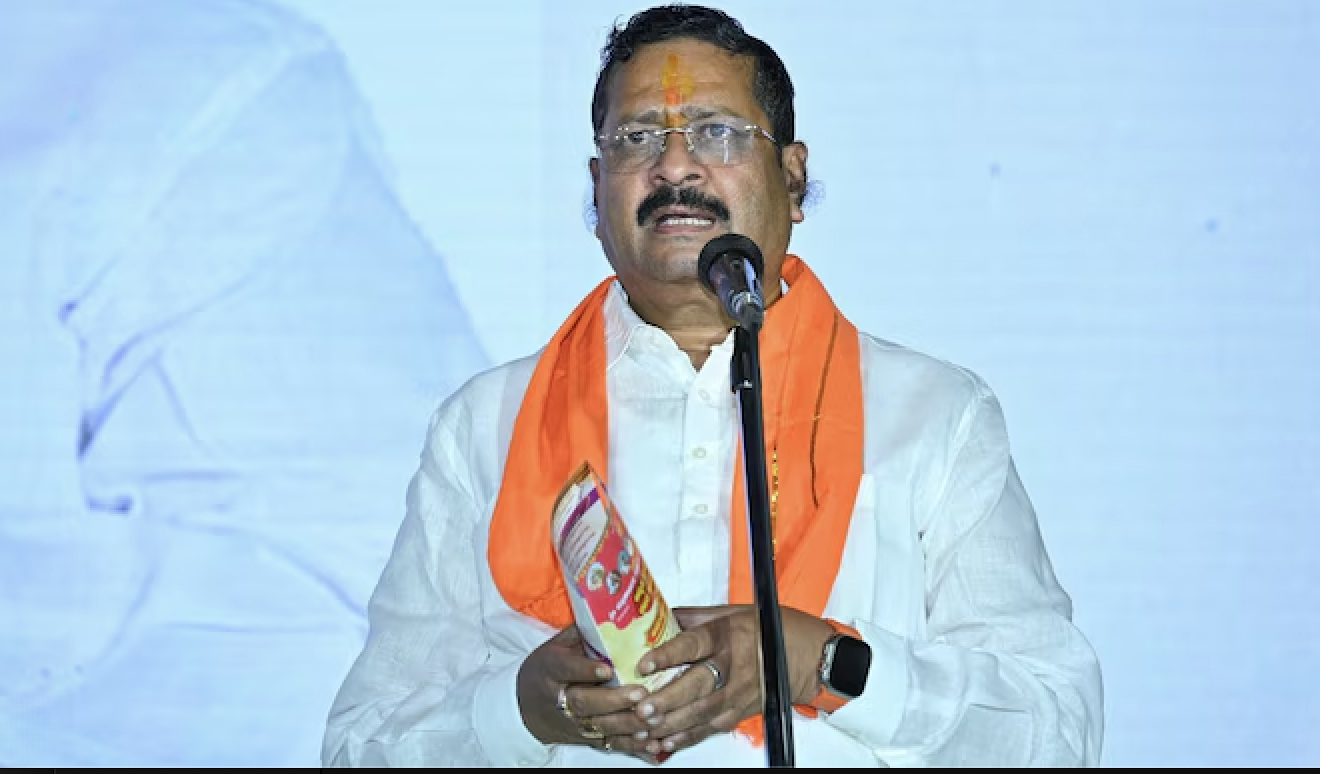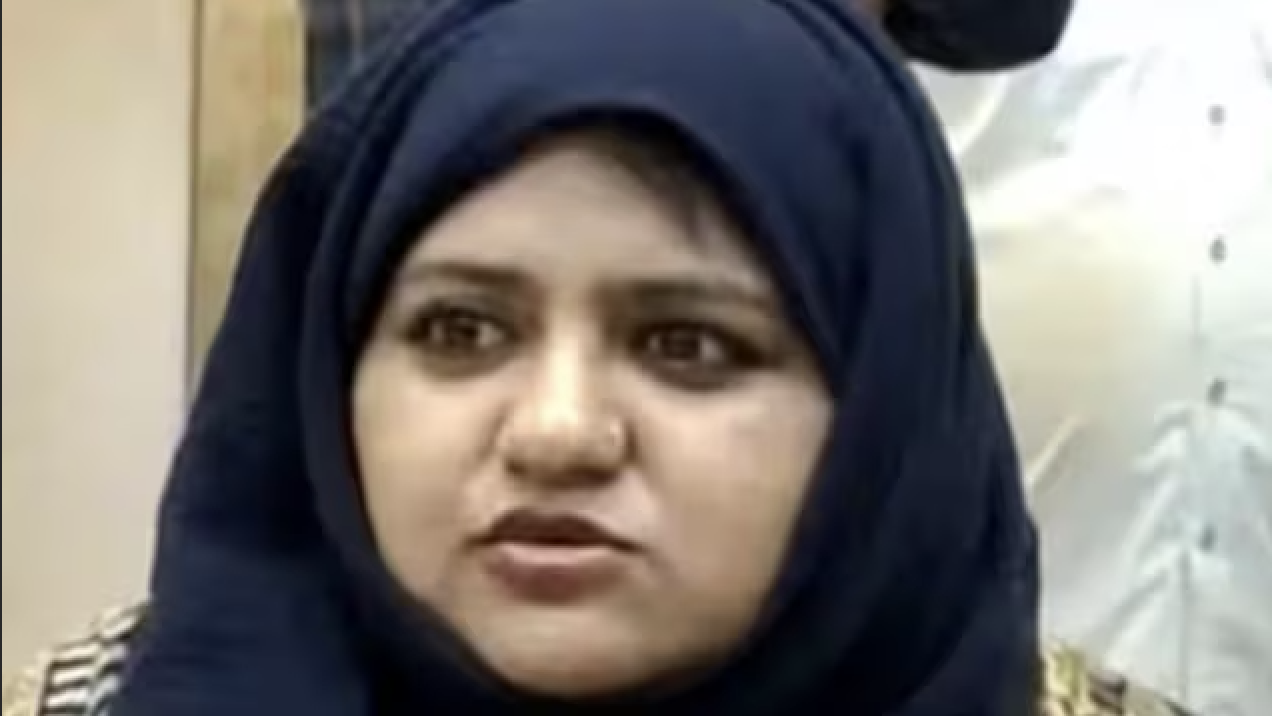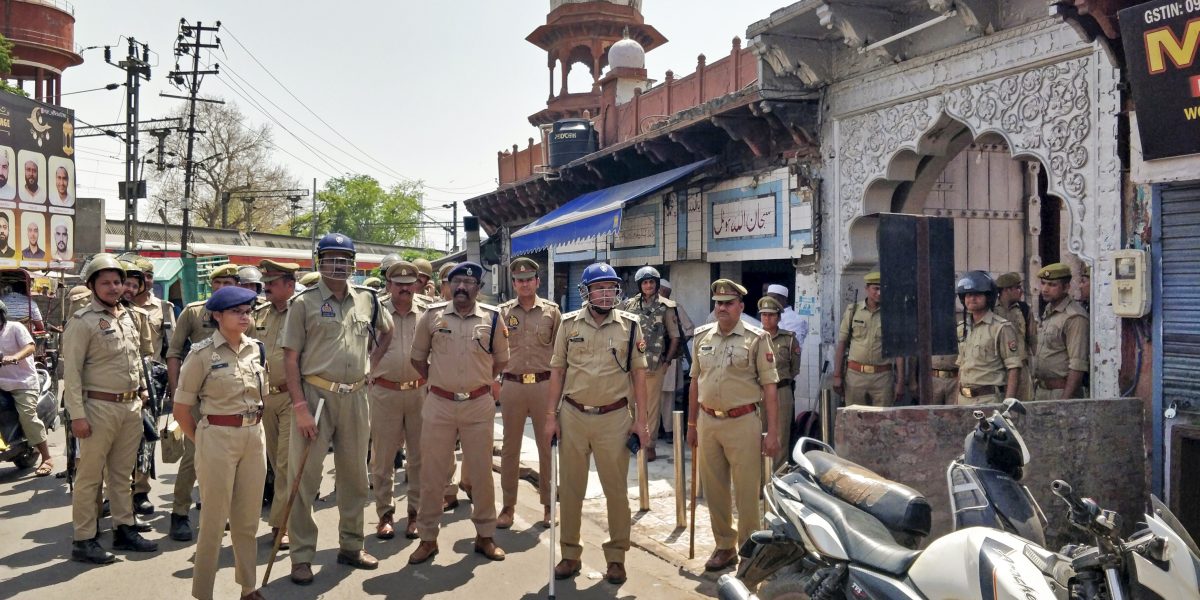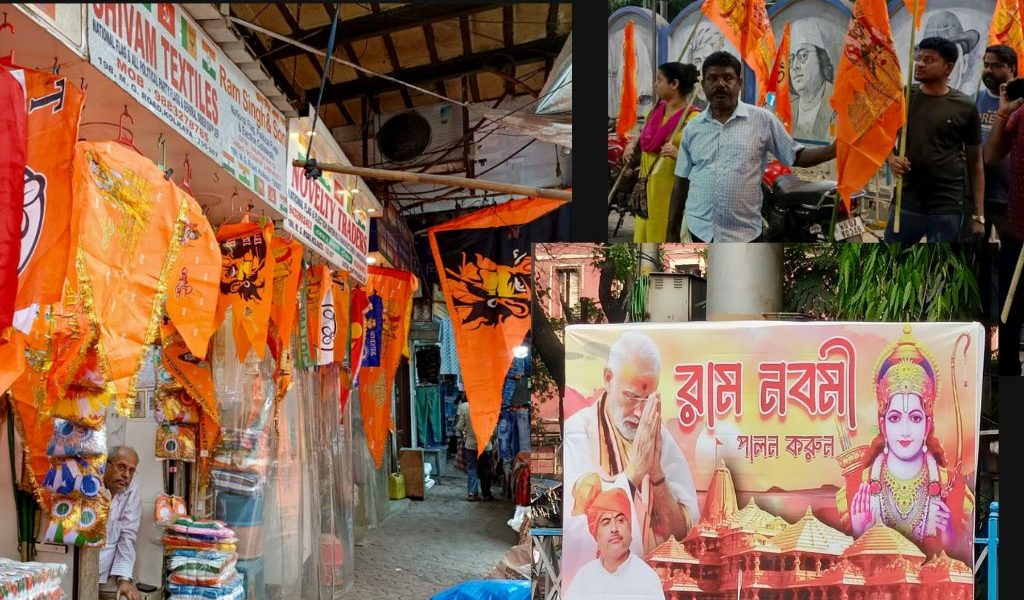
By Aakar Patel / National Herald India
On 4 February 2020, BJP leader and Minister of State for Home Affairs G Kishan Reddy told the Lok Sabha, “The term ‘Love Jihad’ is not defined under the extant laws. No such case of ‘Love Jihad’ has been reported by any of the central agencies.”
This makes sense of course. In the world’s most endogenous nation, where even the liberals and wealthy marry only among their sub-castes, it is absurd to imagine that there are large numbers of marriages happening between two religious groups.
And yet this month Haryana became the seventh BJP state to table a law against love jihad. Why legislate against a phenomenon that does not exist? The answer is, of course, so that Indian society is kept divided and on the boil. The BJP’s primary political asset is its enthusiasm and willingness to inject venom into politics. And The Kashmir Files, endorsed and promoted by the prime minister — as no film has been before — is merely part of that narrative.
As the results in the recent state elections showed, the electorate rewarded the party for this sowing of division and hatred.
Those who are opposed to the BJP point out that the state of the economy and unemployment as defined by the government numbers itself shows a shoddy performance. So, governance cannot be the basis of the party’s popularity. Those who support the party claim that the efficient delivery of welfare and entitlements is what produced the electoral success.
If that is so then why can the BJP not focus on that and leave the communal politics well alone? The answer is that it cannot because it doesn’t want to. And the reason it doesn’t want to Is that it knows what the basis of its popularity is. We must reconcile ourselves to more of the same in the future. Our question is then – what will the next few years hold for us given the dominance and popularity of the party and its leader? There are four sets of things that are being used by the BJP today to go about its agenda.
The first is through the law. Muslims have been targeted by BJP states since 2014 by attacking their economic, social and cultural rights. The criminalising of the possession of beef, the banning of interfaith marriage, the criminalising of Muslim divorce, the forced ghettoisation of Muslims by preventing them from renting or buying properties in Hindu neighbourhoods (this is actually a law in Gujarat). These are the things the BJP states have done. The BJP Union government’s contribution has been to discriminate against Muslims in the citizenship laws.
The second way is through policy. Consider the administrative ban on hijab in Karnataka, the ‘banning’ of sales of eggs and meat from food stalls in four Gujarat cities, the cancellation of the spaces allocated to migrant Muslim labourers for namaz in Gurgaon and so on. The third way is through political exclusion. The BJP doesn’t want Muslims and tells them this directly. Of the 1,000 MLAs it has around India only four were Muslim according to a study by The Hindu newspaper and by my count this number has now fallen to only one. In the Lok Sabha of course, the party has no Muslim MPs.
The fourth way is through condoning and encouraging rhetoric and even violence against Muslims in speech by their associates.
This is the set of things that has brought them political success and we should expect, therefore, that it will continue. Till when?
That is the critical question. India remains on paper a pluralist and secular democracy. That puts some restraints on the BJP. The opposition is weak but it exists. The judiciary is pliant but it is independent by law and retains the capacity to defend constitutional and human rights. Civil society is battered but it is vibrant. These potential checks exist. For those who despair at what is going on around them, these things must be considered.
We are also plugged into a global system where we are not a dominant force and where we want to be given a larger say. That also puts constraints on what we can do internally without bringing the world’s attention on us. All this is on the positive side.
On the negative side, we must reconcile ourselves to a continuation of present levels of division and hatred at a minimum. We must hope, of course, that this venom is not converted to something physical but our history shows that this hope is futile. Once this genie is unleashed it is difficult to bottle.
We must also be prepared to continue scratching our heads over why failure is being rewarded. The government data itself says that fewer Indians have work today than in 2014, that we have fallen behind Bangladesh in per capita GDP and the reason free grain is given to 60% of the population is that they need it for survival. This is an admission of failure. And yet it is irrelevant to electoral success. We must live with this reality in the future. For how long? That really is the critical question. When will enough people feel that voting for communal division at the expense of economic ruin is not for them?
It is logical to assume that at some point this will happen. What is that point? The rate of deterioration in governance and the rate of increase in communalism are both rapid. They are leading us towards some sort of turning point. The external world, in many ways, is also a factor. This is the subject of my next book and in my view, we will likely have to go through what we are for at most another decade. And then things will change for the better because modernity is a ruthless and effective antidote to medievalism of the sort India is going through.
This article first appeared on nationalheraldindia.com






